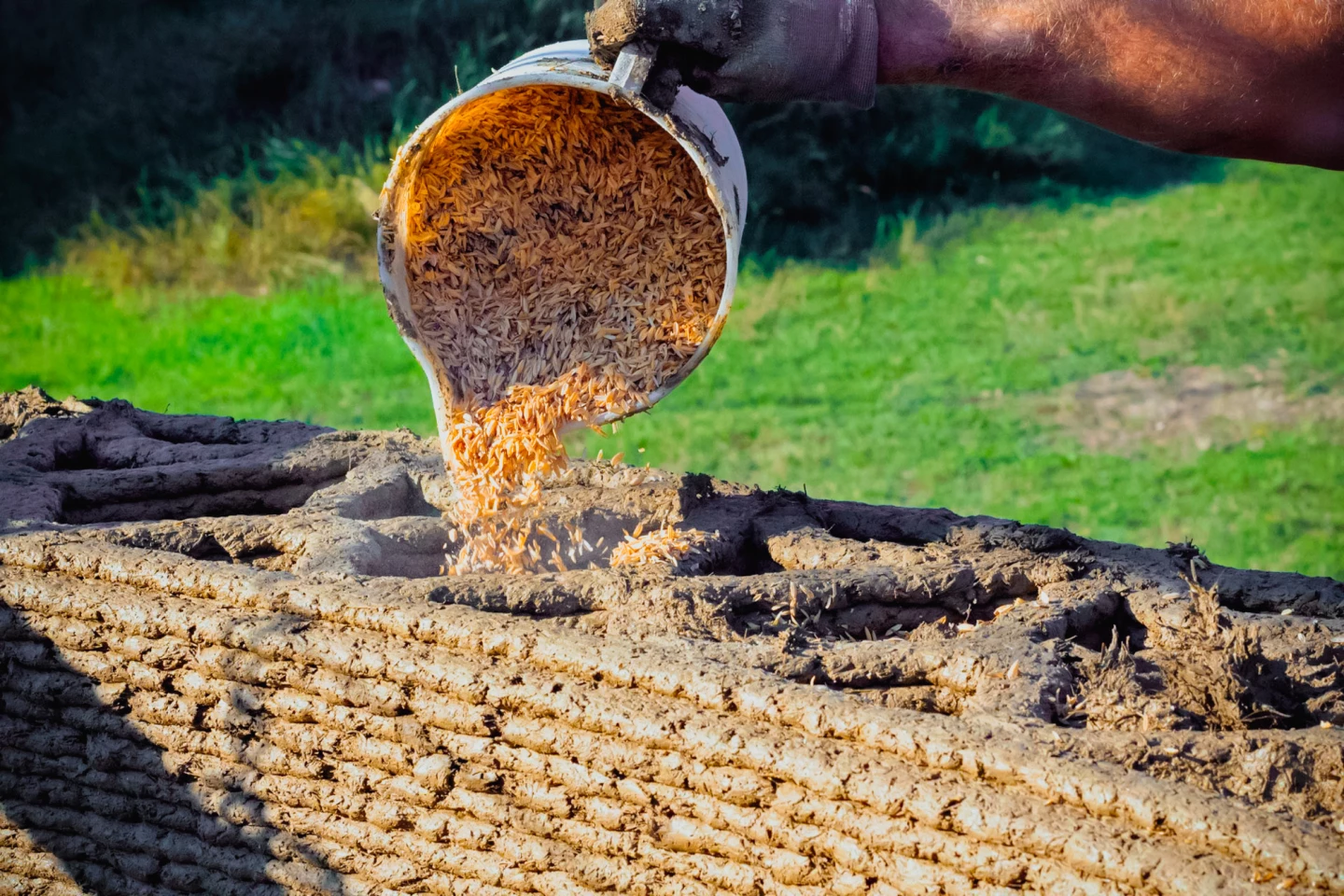The Crane WASP, also known as "the infinity 3D printer," uses locally sourced clay, mud or cement to 3D-print affordable homes. It can even use agricultural waste as aggregate. The system is now being used to build much-needed housing in Colombia.
The United Nations Development Program (UNDP) has recently acquired a Crane WASP to print affordable homes in Colombia, utilizing local soil and resources. The printer itself is worth about US$180,000.
More than a quarter of Colombian households are facing a housing deficit – an estimated 3.7 million – and two of three families that have homes need to make structural improvements to their subpar dwellings.
Using locally sourced soil and such means the UN won't have to truck in expensive or proprietary materials from faraway lands, which significantly cuts down on costs.

The Crane WASP (World's Advanced Saving Project) was inspired by the Mason Wasp, a busy little insect that uses mud to build its nests. The UNDP will be able to set up the printers in otherwise difficult terrain where conventional and expensive construction equipment would have limited access, while using local soil to print homes for the impoverish and displaced.
Watch how the Crane WASP works.
3D printing homes isn't a new concept. Wolf Ranch, a 100-home neighborhood near Austin, Texas is nearing completion after breaking ground in 2018. The company responsible, Icon, uses its Vulcan printer to print new homes on existing concrete slabs.
The Vulcan is 45 feet wide (13.7 m) and weighs nearly 5 tons (4.5 tonnes). It uses a proprietary "Lavacrete" blend to extrude four walls, which isn't cheap. Newly printed homes in Wolf Ranch are being priced in the $450,000 range.

While this type of technology is fantastic – and more durable than traditional homes – it would be incredibly difficult (if not impossible) to transport, set up, and build with printers like the Vulcan in remote places with little to no infrastructure.
A single WASP printer uses a "delta" scaffolding setup (four-footed, with a triangular outrigger) that's highly versatile and can be placed even over rugged terrain. It can print out homes for as little as $1,000 each, making this effort significantly more affordable than a stick-and-brick. Multiple printers can even be linked together in a honeycomb pattern, to simultaneously build entire villages.

There's currently no word on when construction is scheduled to begin, but we'll be watching out for progress.
Source: 3D Natives








